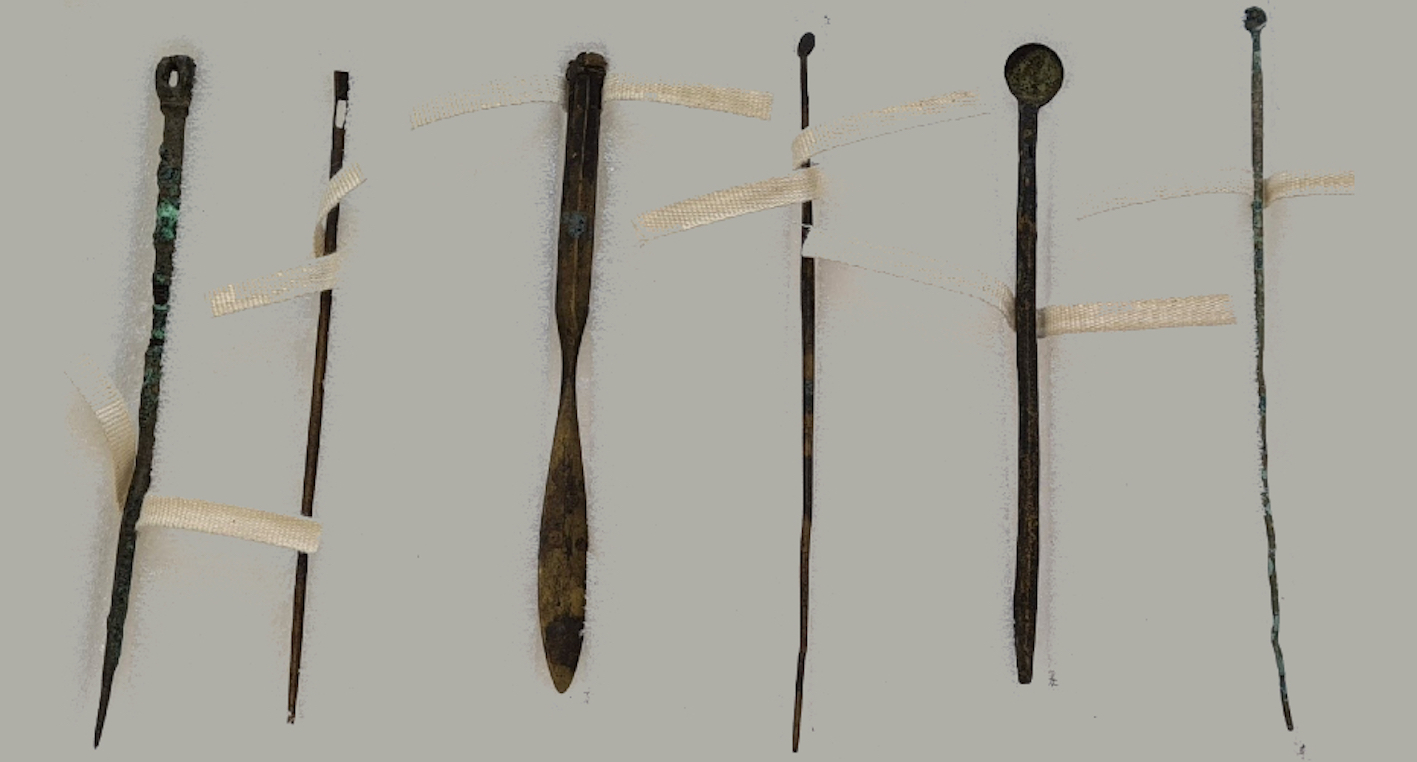A recent study by researchers at the University of Exeter in the United Kingdom has shed light on the ancient tools used by Roman surgeons nearly 2,000 years ago. Through advanced scanning technology, they explored a set of “beautiful and functional” medical instruments that included a bronze scalpel handle, surgical probes, needles, and a spoon.
These tools were unearthed around 125 years ago at a site along the Walbrook, a river in London that was crucial in the Roman settlement of Londinium. The findings suggest that medical practices using similar instruments were widespread across the Roman Empire, indicating access to quality medical care in ancient Britain.
The team, led by Flemming, examined the artifacts using a CT scanner in the University of Exeter’s Science, Heritage, and Archaeology Digital 3D (SHArD 3D) Laboratory. This cutting-edge technology allowed them to delve beneath the surface of these delicate objects to unveil their intricate craftsmanship and design.

Flemming expressed excitement about the new insights gained through 3D imaging techniques, emphasizing the meticulous attention to detail evident in the crafting of these instruments. She highlighted the versatility of these tools, mentioning their potential use in various surgical interventions and procedures by Roman medics.
Discussing the functions of specific tools, Flemming mentioned that the scalpel was likely used for operations and therapeutic treatments like bloodletting. Probes may have been utilized for preliminary examinations before surgery, while the spoon could have served in mixing medications. Needles, on the other hand, were probably employed for sewing bandages.
The research not only validated the efficacy of 3D imaging for analyzing ancient artifacts but also revealed obscured details that enhance our understanding of Roman surgical practices. Flemming emphasized the importance of further applying these techniques to explore similar collections of ancient medical tools worldwide, promoting a deeper appreciation of their design, craftsmanship, and historical significance.
By delving into the past with modern technology, researchers continue to unravel fascinating insights into the ingenuity and sophistication of ancient civilizations.
